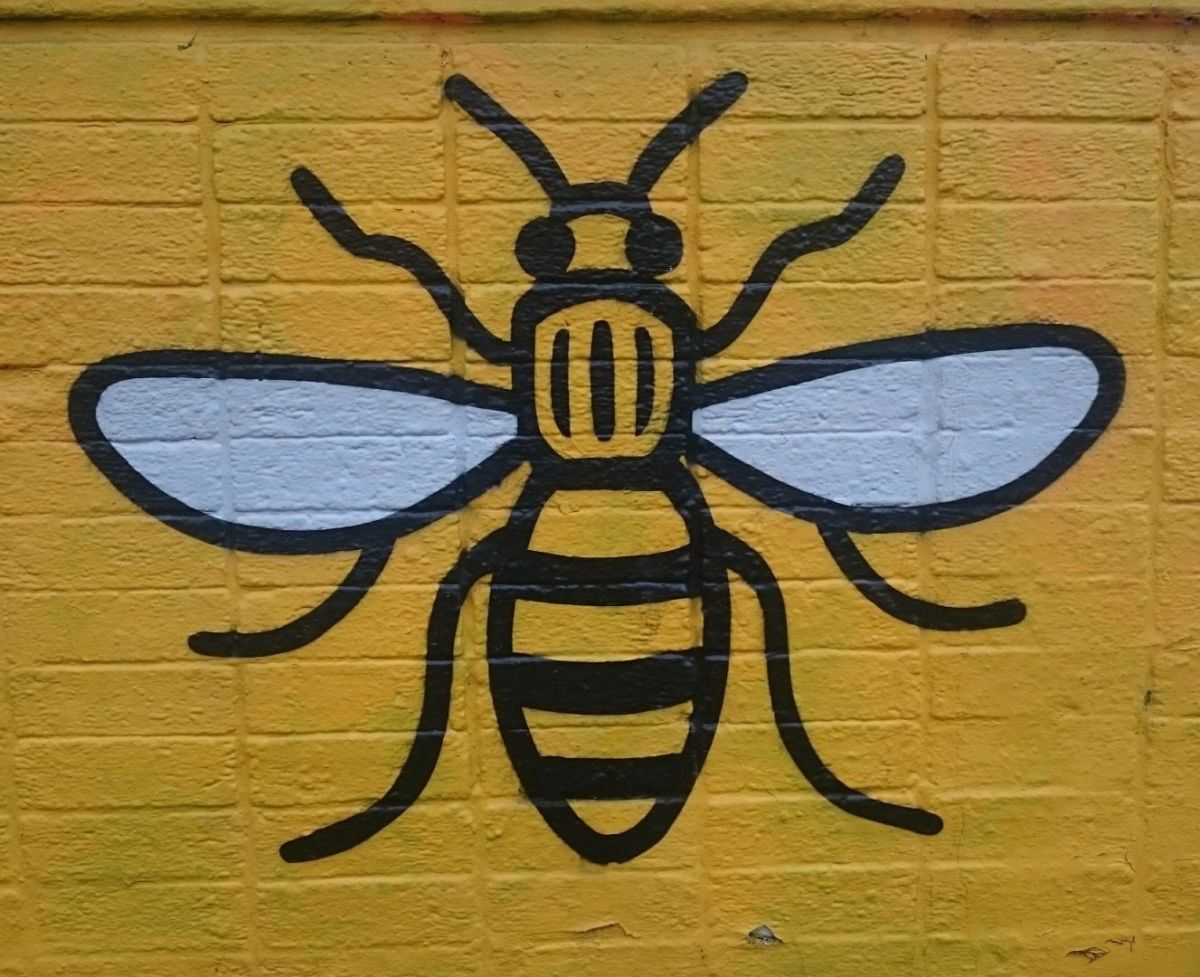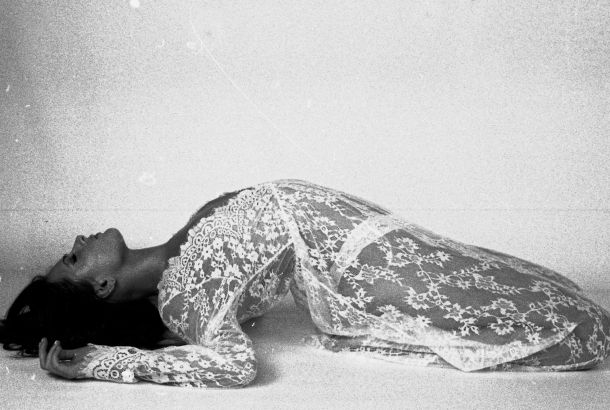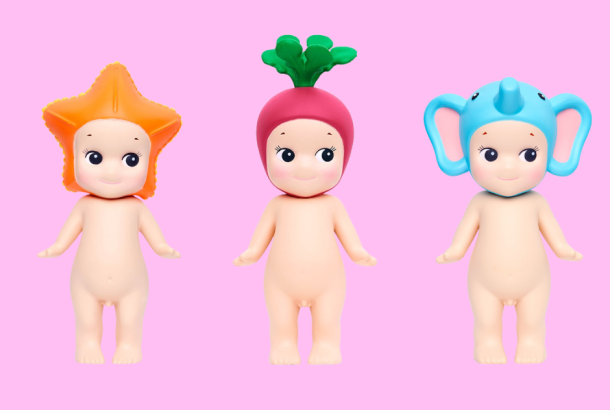
A swarm of worker bees cover our city. From street signs to paving slabs to the Manchester University crest, the Manchester Bee is everywhere. But how many of us really know the history behind the bee?
The Manchester Bee, or Worker Bee as it is also known has been a motif for the city since the Industrial Revolution.
In 1842 the city council incorporated a bee into the Manchester coat of arms as a symbol of the city’s resilience and work ethic. Manchester at the time was a hive of activity with countless mills and factories.
Though many of Manchester’s historic mills have since found new uses as flats and office blocks, the bee lives on. The symbol features on a number of key buildings across the city, as well as on manhole covers and notably every bin in the city centre.
The rights to the symmetrical, 2D image that we know and love are held by the Manchester City Council but the image is free to use under certain conditions, and can be seen on posters, t-shirts, and tote bags in every corner of the city.
The sentiment of the bee, however, lives on in current legislation. According to Manchester.gov, percentage of any profit generated on items featuring the Bee must be given to one of the following charities:
- We Love Manchester Emergency Fund
- The Lord Mayor Charity Appeal Trust – We Love MCR
- We Love MCR Memorial Fund
- Big Change
Three bees even feature on the University of Manchester crest. According to the university, the Manchester Bee “represents the city’s innovative and enterprising past.”
The power of the Manchester Bee as a unifying symbol was demonstrated after the 2017 terror attack when local tattoo artists founded the Manchester Tattoo Appeal. In a bid to raise money for the victims of the Manchester Arena bombing, thousands of people in Manchester and around the world opted to be tattooed with the bee. The appeal raised more than £520,000 in less than a month.
Sir Richard Leese, Head of Manchester City Council, said: “The Manchester Bee has come to represent the best of Manchester […] In one small image, the unity, solidarity and resilience that prevailed across the city in the days after 22 May is embodied.”







